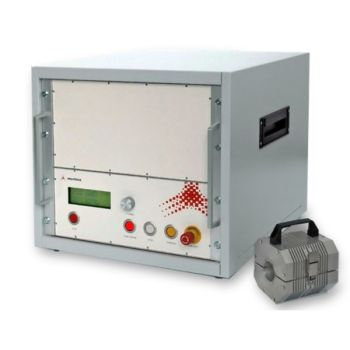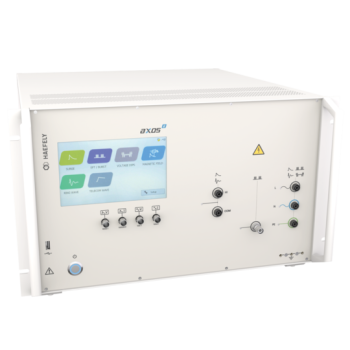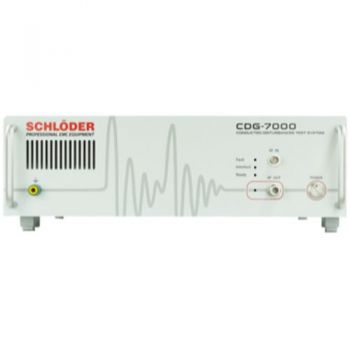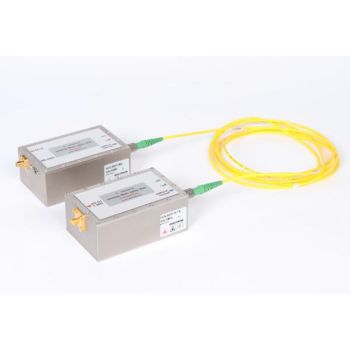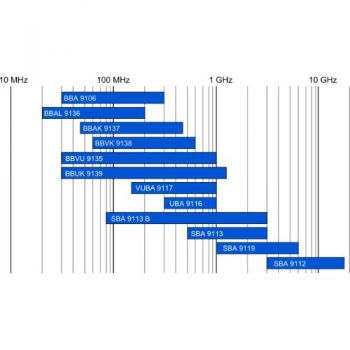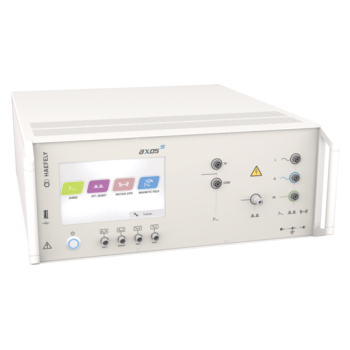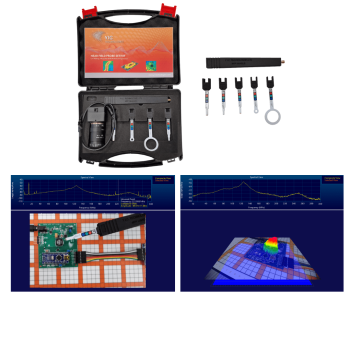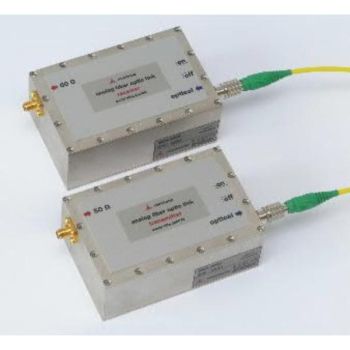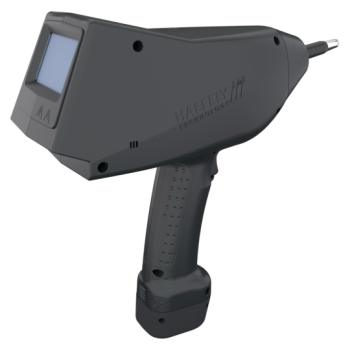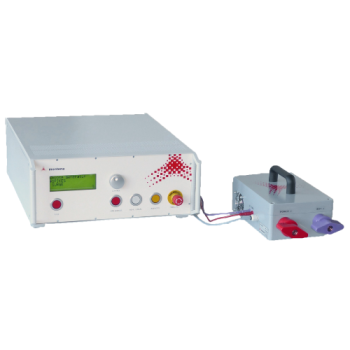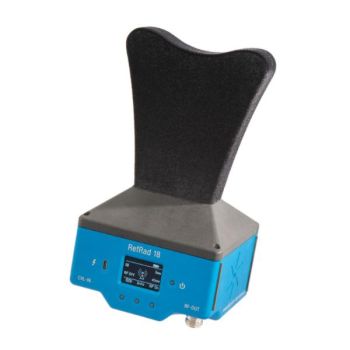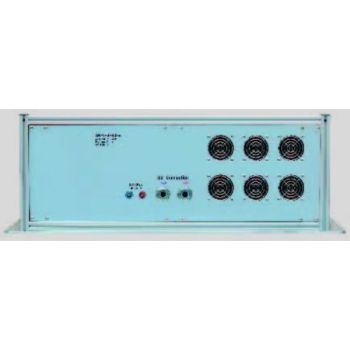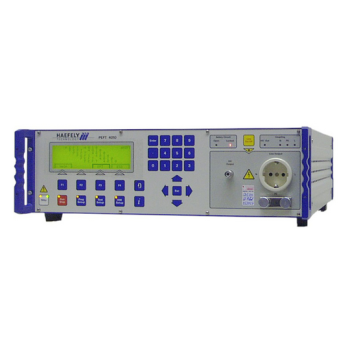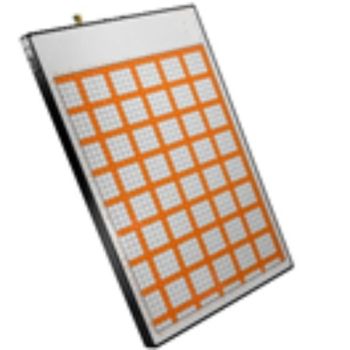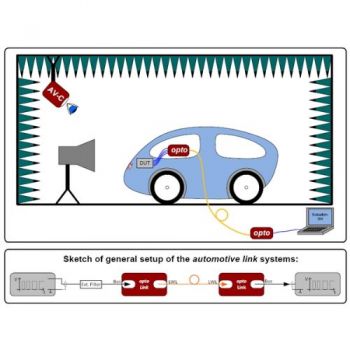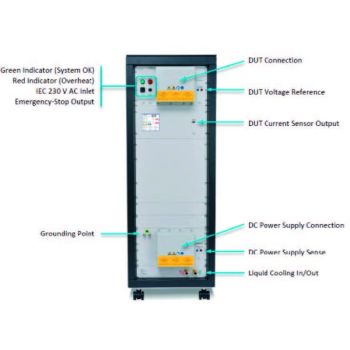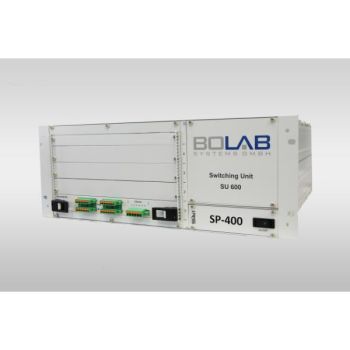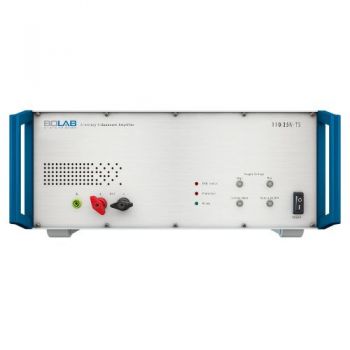Best Antennas for 200V/m 1m testing
Suggested Antennas 200V/m @ 1-meter test
Some test standards require 200V/m testing.
· MIL-STD-461 (10kHz) 2 MHz up to 18 GHz 40GHz in some cases
· Avionics testing 200 MHz – 18 GHz
· Automotive requirements at 100V/m is commonly used but, 200 V/m can also be a requirement from 400MHz - 3GHz
for testing at low frequencies, it is difficult to generate such fields, many times closer test distances are used with the use of parallel plates or E-Field generators >100MHz. The field is easier to generate with a more reasonable amount of power.
- (10 kHz) 2 MHz - 30 MHz E-field Generator
- 30 MHz - 200 MHz SY3-EMC Tuned Yagi antenna
- 200 MHz - 1 GHz Stacked Log Periodic Antenna
- 1 GHz - 6 GHz Horn Antenna
- 6 GHz - 18 GHz WRD 650 Waveguide Horn Antenna
- 18 GHz - 26.5 GHz WR42 High Gain Horn Antenna
- 26.5 GHz - 40 GHz High Gain Horn Antenna
The Schwazbeck EFG 2 E-field generator, 10 kHz to 100 MHz, 2 kW, including a stand with wheels and polarization swivel. This is a great choice for covering the (10 kHz) 2-30 MHz region
A new antenna development from Steppir has changed the rules for the 30 MHz to 200 MHz band. This antenna uses known Yagi antenna techniques and expands the frequency range by controlling the element length. This allows the antenna to tune for the frequency AND the chamber coupling producing an ideal match to the amplifier. SY3-EMC Yagi is a High-Q, adjustable antenna that has very high efficiency, a wide beam-width, and excellent harmonic rejection, it makes susceptibility testing to the specifications of MIL-STD-461G and RS-103, a reality.
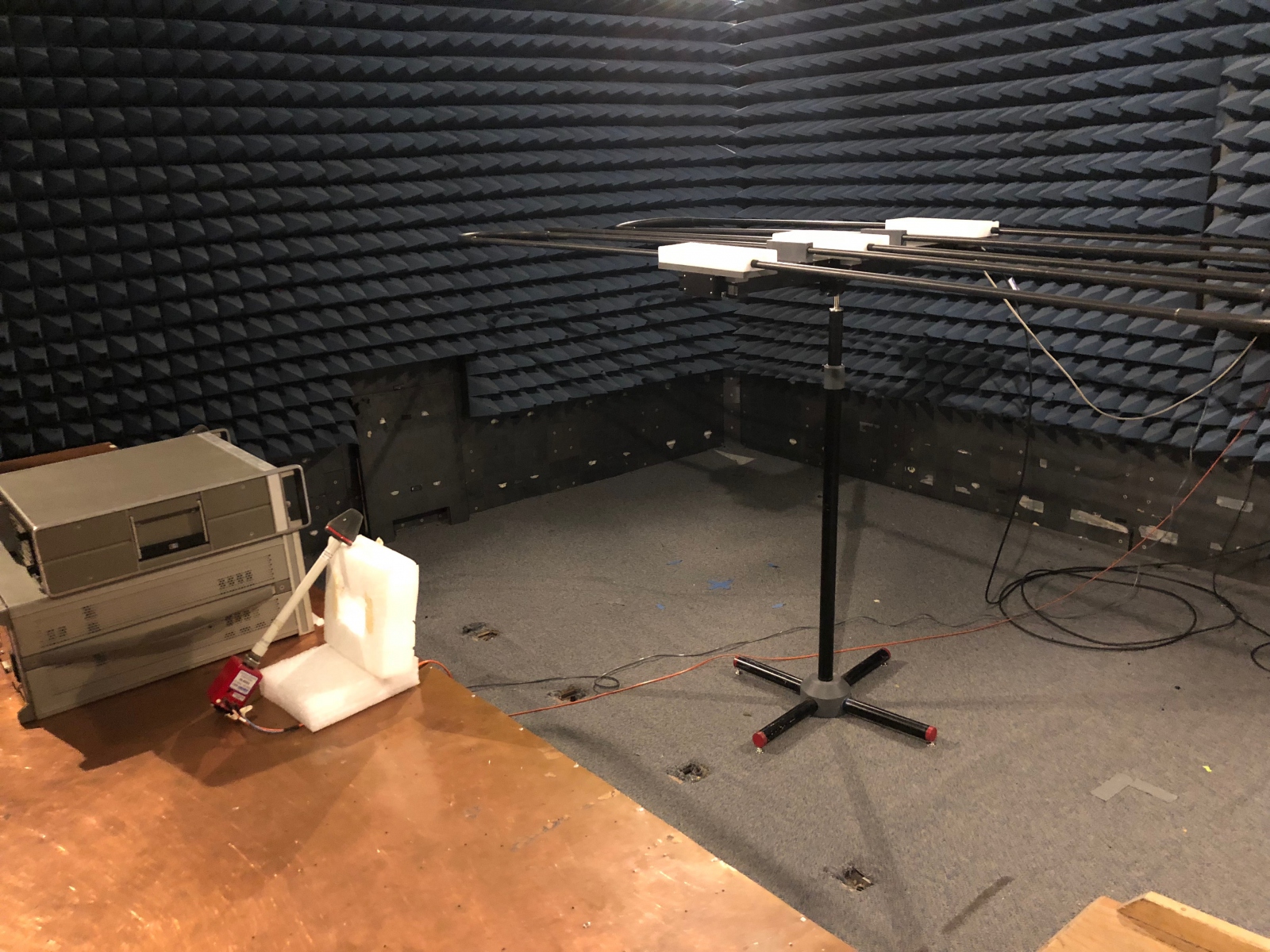
Antennas for 30MHz and higher Biconical antennas have been historically used; however, a lot of power is required. Some added accessories have been developed which help the biconical work better in the chamber to make a better match a lot of trial and error is required to see what frequency ranges the combinations work best for the chamber. But since the introduction of the SY3-EMC, Bicons have become less attractive.
High power Biconical Ballons
|
Schwazbeck VHBD 9134-7/16 |
High power antenna holder/balun with 7/16-connector, 50:200 Ohm, 2.5 kW, 20-200 MHz for biconical or collapsible elements. |
|
Schwazbeck VHBD 9134-4 |
4 kW high power antenna holder / balun 50:200 W, 20-200 MHz for BBAL 9136 or BBFA 9146, 7/16-female connector. |
Selection of elements to match the chamber
|
Schwazbeck BBAL 9136 |
Biconical Elements, 20-200 MHz, requires VHA 9103 B, VHBC, VHBB or VHBA |
|
Schwazbeck BBAE 9179 |
Foldable elements for immunity for automotive applications, optimized for 1 m measurement distance, max. diameter 150 cm, 20-220 MHz suitable for: VHBC 9133, VHBD 9134, VHBD 9134-4. Balun must be equipped with “HOLDER SHORT”! |
|
Schwazbeck HOLDER SHORT |
Plastic holders to be fixed at a high power balun e.g. VHBA 9123, VHBC 9133, VHBD 9134, VHBD 9134-4. BBAE 9179 elements cause torque in horizontal polarisation to the fixture at the balun. HOLDER SHORT absorbs the torque caused by BBAE 9179 in horizontal polarisation. |
Element accessories that add more flexibility for chamber matching
|
Schwazbeck BCOI 91805W |
Set of pluggable coils with 10 mm element fixtures and 10 mm shafts. A pair of coils is added between the high power balun and the antenna element. Suitable for the following baluns: VHBA 9123, VHBC 9133, VHBD 9134, VHBD 9134-4. Suitable for the following elements: BBA 9106, BBAL 9136, BBFA 9146, BBAE 9179 and others. The booster coils have 5 turns and increase the gain of the biconical antenna in the lower frequency range remarkably. If the coils are used with BBAE 9179 the balun must be equipped with additional torque absorb- ing plastic fixation bar (holder long). (Also available: 4 turns = …4W and 3 turns = …3W) |
|
Schwazbeck HOLDER LONG |
Plastic holders to be fixed at a high power balun e.g. VHBA 9123, VHBC 9133,VHBD 9134, VHBD 9134-4. The HOLDER LONG must be assembled to the balun to use BBAE 9179 with booster coils. |
For higher frequencies, it starts to become more predictable to generate the field. From 100 MHz we are still in the nearfield of the antennas but chamber effects start to become less of an issue.
|
Schwazbeck |
Stacked double Log.-Per. Antenna, typ. gain: 9 dBi, alum. Tubing, high power, (70) 80 -3000 (4000) MHz, 7/16-connector, max power in the lower frequency range 2 kW, antenna diameter < 150 cm. Fastlinks for quick removal of the rear parts of the antenna. Recommended Adapter: AA 9209 |
For testing above 1GHz horn antennas become the best solution. Care needs to be taken at 1GHz because, again, we are in the nearfield of the antenna, and measured gain at 1-meter test distance needs to be known. Another good idea is to match an antenna to each amplifier you have. Normally to cover the range from 1 to 18 GHz, 2 to 3 amplifiers are required. With octave amplifiers, 4 amplifiers are required.
|
Schwazbeck |
Broadband horn antenna optimized for the gain in 1 m distance from 800 MHz to |
|
Schwazbeck |
Specific accessories to fix BBHA 9120 J to PDG 9211. (rotating ring, braces, short central tube, fixture materials). If ordered together with the antenna we will fix everything before shipment. |
|
Schwazbeck |
Pyramidal standard gain horn Antenna, 4 – 8 GHz, 7/16-connector, 22mm-tube, 19 dBi, optimized for the gain in 1 m distance. |
|
Double ridged horn antenna 6-18 GHz (7.5-18GHz) with waveguide flange WRD650 (WRD750). Gain 16-21 dBi, 1 kW, especially to generate very high field strengths. |
|
|
Schwazbeck Adapter WRD-N |
Adapter WRD650(WRD750) to coaxial N-female. (Not required if the antenna is directly fixed to the amplifier rack using the WRD650(WRD750) flange.) |
|
Schwazbeck Opt. WRD tube 22mm |
Option for HWRD650(HWRD750): 22 mm tube with an indexing ring. (Not required if the antenna is directly fixed to the amplifier rack using the WRD650(WRD750) flange.) |
Above 18GHz waveguide horn antennas will do the trick, matching the amplifiers with 2 antennas
|
ATM Microwave 42-442-6/BR/CAL |
WR42, 18.0-26.5 GHz, 25dB Gain, Standard Gain Horn Antenna |
|
ATM Microwave 28-443-6/BR/CAL |
WR28, 26.5-40.0 GHz, 25dB Gain, High Gain Horn Antenna |
Please contact Absolute EMC for any of your antenna needs. We will work with you to help select the best solution for your setup and requirements.


